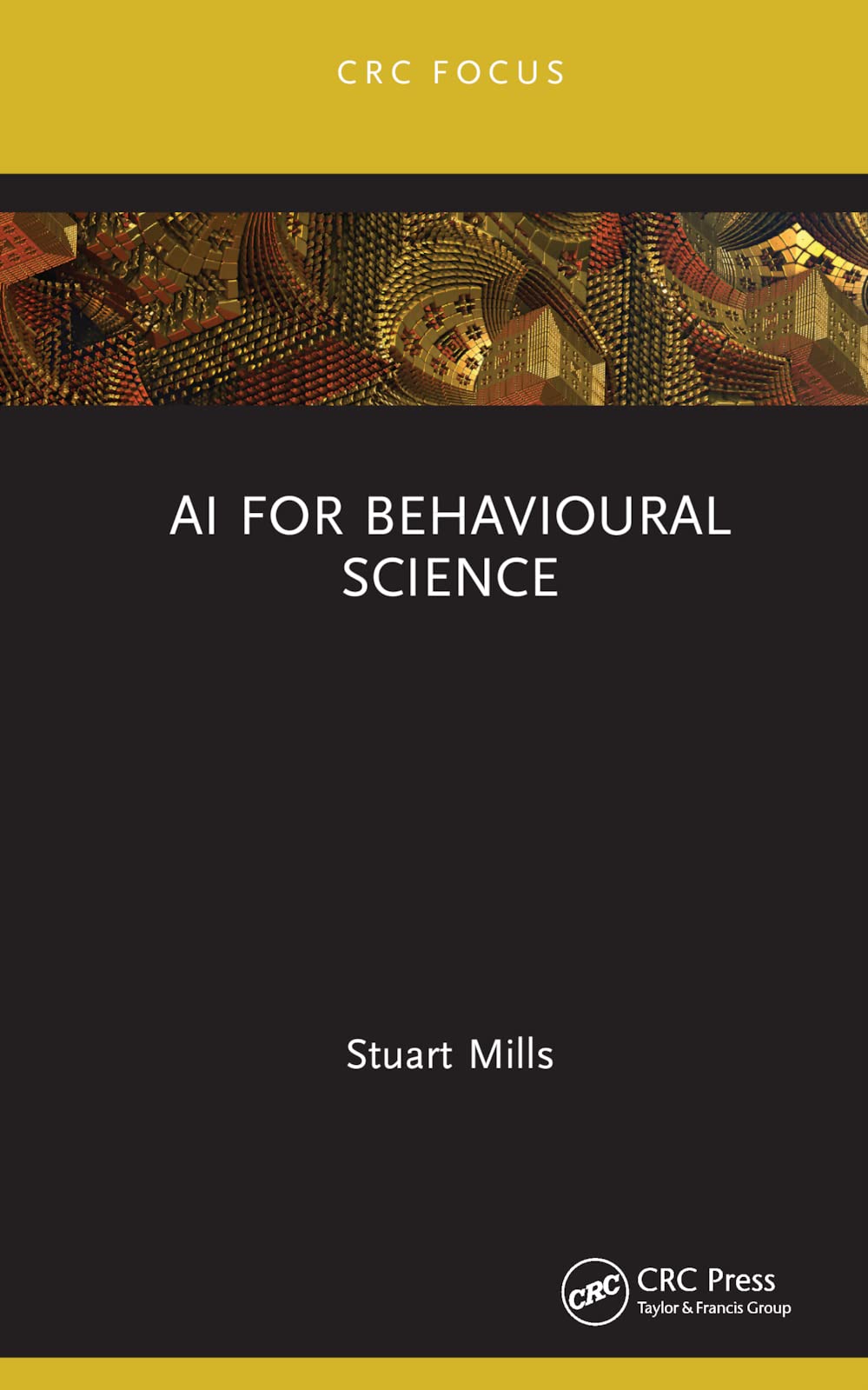

Most ebook files are in PDF format, so you can easily read them using various software such as Foxit Reader or directly on the Google Chrome browser.
Some ebook files are released by publishers in other formats such as .awz, .mobi, .epub, .fb2, etc. You may need to install specific software to read these formats on mobile/PC, such as Calibre.
Please read the tutorial at this link: https://ebookbell.com/faq
We offer FREE conversion to the popular formats you request; however, this may take some time. Therefore, right after payment, please email us, and we will try to provide the service as quickly as possible.
For some exceptional file formats or broken links (if any), please refrain from opening any disputes. Instead, email us first, and we will try to assist within a maximum of 6 hours.
EbookBell Team

0.0
0 reviewsThis book is a concise introduction to emerging concepts and ideas found at the intersection of contemporary behavioural science and artificial intelligence. The book explores how these disciplines interact, change, and adapt to one another and what the implications of such an interaction are for practice and society.
AI for Behavioural Science book begins by exploring the field of machine behaviour, which advocates using behavioural science to investigate artificial intelligence. This perspective is built upon to develop a framework of terminology that treats humans and machines as comparable entities possessing their own motive power. From here, the notion of artificial intelligence systems becoming choice architects is explored through a series of reconceptualisations. The architecting of choices is reconceptualised as a process of selection from a set of choice architectural designs, while human behaviour is reconceptualised in terms of probabilistic outcomes. The material difference between the so-called "manual nudging" and "automatic nudging" (or hypernudging) is then explored. The book concludes with a discussion of who is responsible for autonomous choice architects.